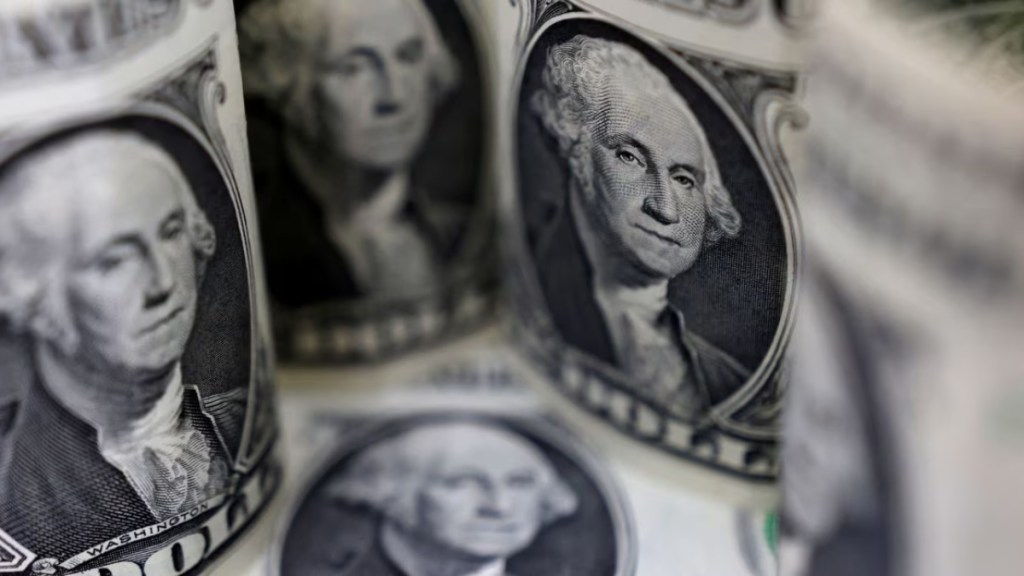By Atanu Biswas
There is no denying that several countries are seeing their highest inflation rates in decades during the Covid/post-Covid era. Global inflation rates stood at 1.93%, 3.48%, and 8.27% in 2020, 2021, and 2022, respectively. The statistics for the US (1.23%, 4.7%, and 8%) or those for the EU (0.48%, 2.55%, and 8.83%) are more or less in line with the general trend worldwide.
In fact, the White House Council of Economic Advisers stated in a July 2021 blog post that the period following World War II serves as the best historical comparison for today’s inflation. The economic disruption brought on by the pandemic, supply-chain disruptions, and the fiscal and monetary stimulus measures taken by many governments and central banks in reaction to the pandemic may very easily be cited as the main causes of this inflation. Then, in early 2022, Russia invaded Ukraine, which had an additional impact on the world’s supply chain. A worsening of the situation was caused by rising global prices for food, fertiliser, natural gas, oil, and other commodities.
In late December 2021, German economist and UMass Amherst economics professor Isabella M Weber published an article in The Guardian, in which she argued that “sellers’ inflation,” which is caused by businesses taking advantage of supply shocks and disruptions to raise prices, is a significant factor in the present price rises. At the time, many countries were experiencing 40-year-high inflation.
The portmanteau “greedflation”, similar to “sellers’ inflation”, is a somewhat outlandish notion that, in many ways, doesn’t align with the macroeconomic framework that economists frequently consider. Initially, many experts in economics opposed Weber’s idea. However, as prices didn’t fall when the situation began to improve, the Biden administration worked to lower oil prices, and Europe attempted to impose price caps.
“This isn’t about inflation. This is about price-gouging,” according to senator Elizabeth Warren. Bernie Sanders agrees as well. “The problem is not inflation. The problem is corporate greed,” he remarked.
However, a greedflation hypothesis that explored the nature of the profit-price spiral rather than the wage-price spiral, developed outside of the political realm in an effort to decipher the reasons squeezing consumers and boosting inflation. Many economists, though, have questioned the veracity of the claim that corporate thirst for higher profits is what drives inflation. Some academics feel that a better phrase should be “profit-driven inflation.” And some claim that greedflation simply isn’t a coherent explanation for inflation.
Leading publications entered the debate with conflicting viewpoints on the greedflation idea. According to Catherine Rampell in a Washington Post article from June 2022, “Today, companies’ revenues are still rising—but their costs (labor, fuel, materials) are rising even faster.” “What actually seems to be happening is that families and businesses are sharing the spoils of the post-pandemic economy,” The Economist stated in its investigation of greedflationists’ claims in April 2023. In addition, it stated in July 2023 that “inflation is the result of economic policy mistakes and war, not corporate avarice.” As rising prices continued to squeeze living standards all over the world, the IMF asserted in 2023 that food and energy were the main drivers of this inflation.
Curtis Dubay, the chief economist of the US Chamber of Commerce, had his turn too when, in May 2023, he opined that despite the many articles decrying corporate greedflation, there is nothing more going on than the simple facts of the economy. “Inflation is caused by clear and well-understood economic factors that stem from supply and demand. Prices rise when we have too many dollars chasing too few goods and services,” he wrote. Basic economics! But does that adequately describe this incredibly complicated circumstance? Generally speaking, “The ‘Greedflation’ Debate Is Deeply Confused,” as Eric Levitz rightly noted in his July 2023 essay in New York Magazine.
Some experts were convinced that greedflation was a real phenomenon. However, there was a compelling debate: How awful is greed really? Isn’t greed the driving force of civilisation? Isn’t corporate greed the economic engine? Isn’t this type of greed directly related to laissez-faire economics? In reality, Gordon Gekko, played by Michael Douglas in the 1987 film Wall Street, declared in an insightful statement that “Greed, for lack of a better word, is good.” Continuing, he said that greed “captures the essence of the evolutionary spirit.” One could argue that without greed, people, communities, and societies might lack the drive to create or succeed. The Wall Street Journal stated something similar about greedflation in May 2023: “‘Greedflation’ Is Real—and Probably Good for the Economy.” It even stated, “A bit of corporate greed may be helping the fight against recession.”
Alternatively, is greed a two-edged sword? There’s little doubt that greedflation is changing the way that economics is taught. And the ongoing Israel-Hamas war in the middle-east is likely to make inflation even worse. A pandemic of the century, a trade war, two big-scale land wars, huge government spending, and a global economy that has become vastly more integrated might be too complex for traditional macroeconomic theory to explain. The US’s top economists advised deliberate price controls to stop inflation following World War II. Is there a reason to do so today as well? This was pondered by Weber in her article for The Guardian in 2021. The question will keep haunting the decision-makers while they struggle to come up with the best solution. And the debate continues.
The writer is a Professor of statistics at the Indian Statistical Institute, Kolkata.
